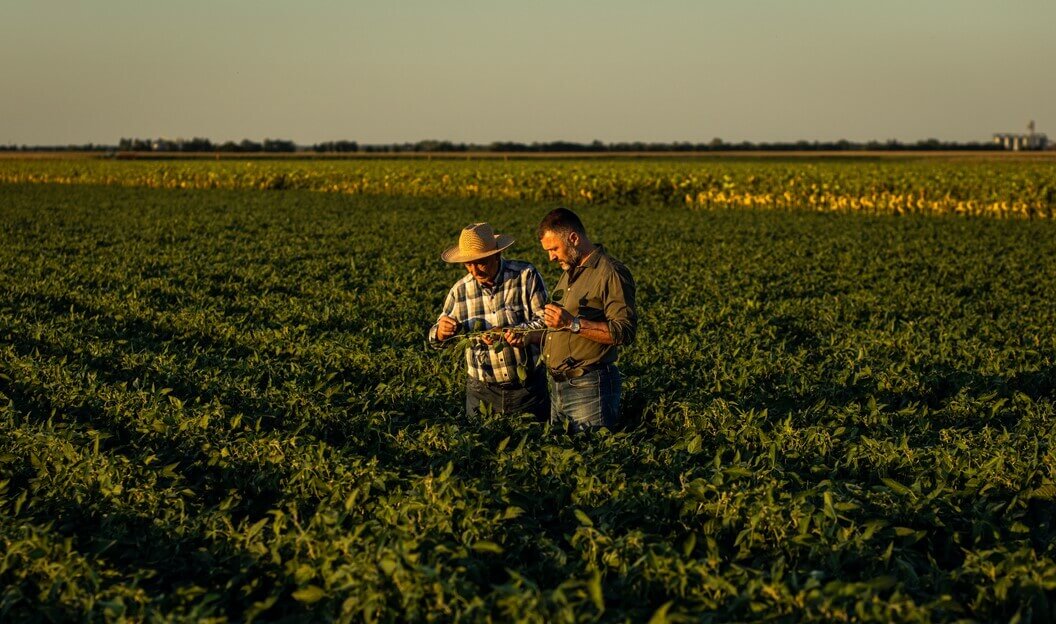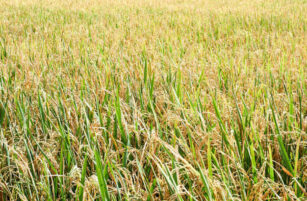Opinion Focus
It looks increasingly like there could be a La Niña in the second half of the year. In Brazil the south is usually most affected. Grains producers are becoming concerned.
The chances of a La Ninã this year are increasing.
We are currently in a period of neutrality between El Nino and La Nina, but in the coming months the NOAA (National Oceanic and Atmospheric Administration) expects the probability of La Niña to increase. They rate the chances of a La Niña during September/October/November period at over 80%, reaching a maximum probability between November 2024 and January 2025.
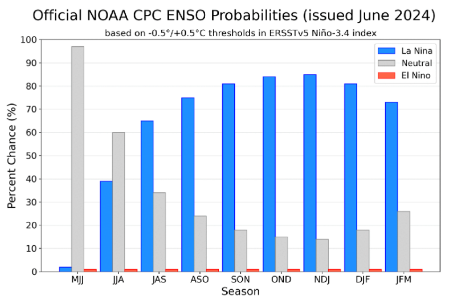
Source: NOAA
The La Niña phenomenon is characterized by the cooling of surface waters in the Pacific Ocean, which directly impacts the weather observed in several countries around the world. The latest La Niña occurred between July 2020 and February 2023.
In Brazil, all regions are affected in different ways, making it difficult to predict the impact and intensity with which each state will be affected.
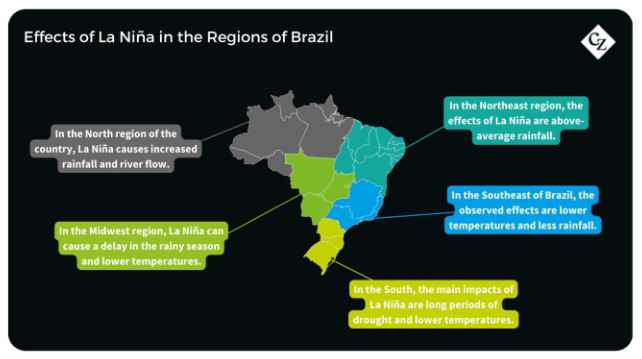
And How Will this Affect Grain Crops?
The cultivation of soybean and corn (1st harvest) in Brazil begins in mid-September. As a result, the plant will develop with the La Niña already present, bringing consequences for crops depending on the region.
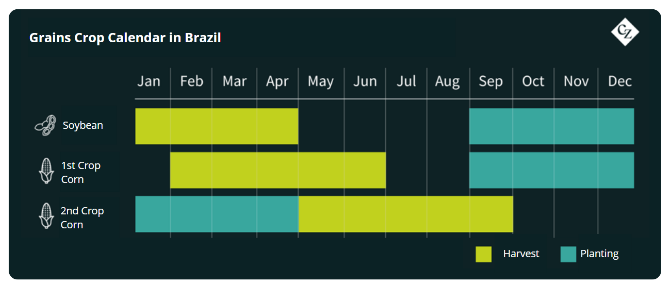
The most affected region should be the south of Brazil, where the phenomenon normally occurs with more intensity. Producers in the states of Paraná, Santa Catarina and Rio Grande do Sul should prepare for strong periods of drought during grain cultivation, which will develop with both rainfall and temperatures below average. The same could be observed in plantations in the Southeast region, in a milder way.
For the Midwest – a major soybean production region – La Niña tends to have a milder impact, and it is common for the rainy season to be delayed in the states of the region. Thus, with an 80% probability of La Niña in the months of Sep/Oct/ Nov, grain cultivation might be marked by a lack of rain in the first months of plant growth, which can have significant impacts on productivity.
The Other Side of The Coin
Despite concerns regarding La Niña, some factors may end up alleviating the situation for Brazilian producers.
Unlike the southern regions of the country, MATOPIBA (Maranhão, Tocantins, Piauí and Bahia) usually sees above-average rainfall during La Niña, a factor that can be beneficial for the region’s productivity during the 2024/25 crop, after severe drought in the past seasons. The region accounts for 11% of the national grains production volume, so an increase in productivity might help balance the possible losses in the south region.
Also, the phenomenon is expected to aid in waterway transportation in the Northern Arc of the North and Northeast regions of Brazil, increasing the levels of the waterways. The ports in the Northern Arc are of great importance for the flow of grains, being responsible for an average of 25% of the volume of corn and soybeans destined for export. With the rising water levels in the waterways, we may see more grain flow through the region which could help reduce the logistical pressure on the ports in the southeastern part of the country.
Furthermore, the phenomenon tends to increase the prices of these commodities, given that water stress during the harvest increases market uncertainty regarding grains supply, which could also support the producer’s return margin.
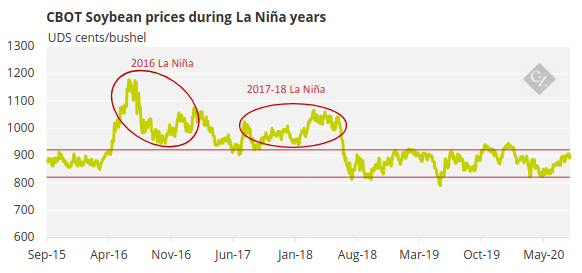
Source: Bloomberg
With a new La Niña approaching, keep a close eye on rainfall in grain-producing regions on our climate dashboard :

